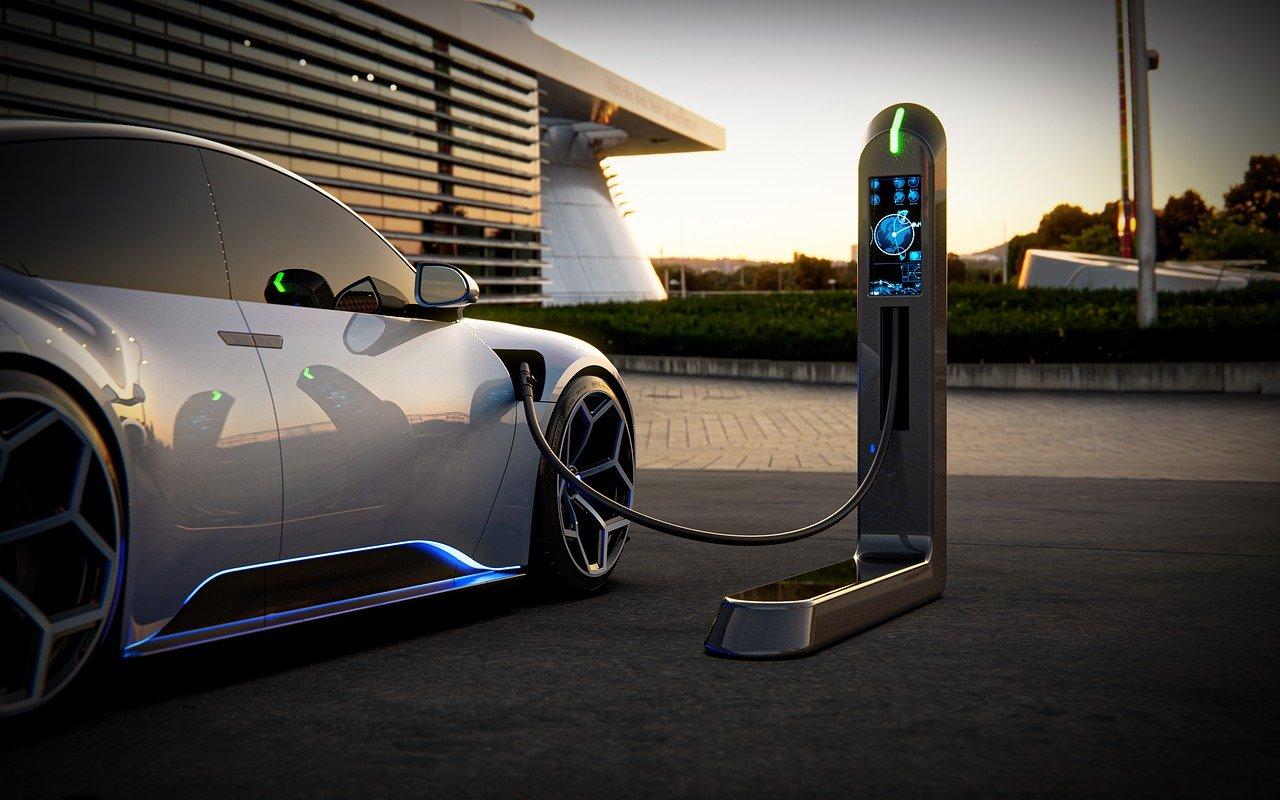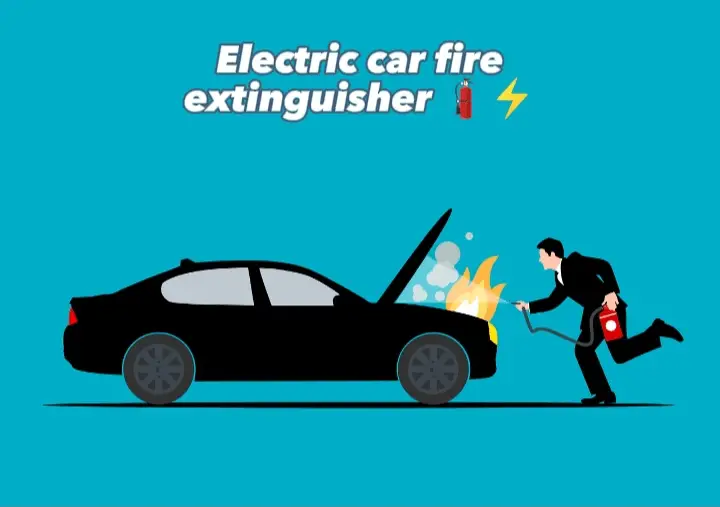Electric vehicles (EVs) are no exception to the requirement for efficiency in today’s fast-paced society. Rapid charging options are becoming essential given how quickly electric car use is growing. In this comprehensive guide, we’ll delve into the fascinating world of rapid charging for electric vehicles. From understanding the technology behind it to the benefits it offers, we’ve got you covered.
Introduction
A sustainable and ecologically friendly form of transportation is the electric vehicle (EV). However, the length of time it takes for them to recharge has been one of the main issues preventing their wider acceptance. Enter rapid charging – the game-changer in the world of electric mobility.
Contents
- 1 The Need for Rapid Charging
- 2 How Rapid Charging Works
- 3 Types of Rapid Charging
- 4 Benefits of Rapid Charging
- 5 Charging Infrastructure Expansion
- 6 Rapid Charging vs. Standard Charging
- 7 Compatibility and Standards
- 8 Challenges and Concerns
- 9 Future Developments
- 10 Environmental Impact
- 11 Cost Considerations
- 12 Tips for Efficient Rapid Charging
- 13 The Convenience Factor
The Need for Rapid Charging
Reducing Charging Time
Traditional EV chargers can take hours to recharge a vehicle fully. Potential consumers of EVs have been significantly discouraged by this prolonged charging time. Rapid charging eliminates this issue by significantly reducing the time required to charge an electric vehicle.
Enhancing Convenience
Imagine stopping at a charging station during a road trip and being able to continue your journey within minutes. Rapid chargers provide this convenience, making long trips in an EV a reality.
How Rapid Charging Works
Rapid charging relies on higher voltage and power levels compared to standard charging. As a result, the energy may be transferred to the car battery more quickly. Direct Current (DC) rather than Alternating Current (AC) is typically used for quick charging.
Types of Rapid Charging
There are primarily three types of rapid charging:
DC Fast Charging: This is the most common type of rapid charging and can charge an EV up to 80% in approximately 20-30 minutes.
Tesla Superchargers: Designed exclusively for Tesla vehicles, these chargers are renowned for their speed and can add hundreds of miles of range in around 15-20 minutes.
Ultra-Rapid Charging: Still in the experimental phase, these chargers promise to deliver even faster charging speeds, potentially revolutionizing the EV industry.
Benefits of Rapid Charging
Time Efficiency
Rapid charging has several benefits, but its ability to charge quickly is its biggest one. It transforms the EV charging experience from a long wait to a quick pit stop.
Extended Range
Thanks to quick charging, which enables them to travel further distances without the need for numerous stops, EVs are suitable for both daily commuting and long-distance trips.
Grid Stabilization
The grid is stabilized by rapid charging because it makes it simpler to store and distribute energy during times of high demand.
Charging Infrastructure Expansion
The infrastructure for fast charging is expanding along with the demand for it. The network of charging stations is being greatly expanded because of investments made by governments, businesses, and entrepreneurs, making EV adoption even more feasible.
Rapid Charging vs. Standard Charging
While rapid charging offers speed and convenience, standard charging remains essential for overnight or daily charging at home. Both have their roles to play in the EV ecosystem.
Compatibility and Standards
For the smooth integration of quick chargers, charging interfaces and protocols must be standardized. To guarantee interoperability across various EV brands, many groups are establishing common standards
Challenges and Concerns
Rapid charging is not without drawbacks, including high installation costs, grid constraints, and battery deterioration issues. But current studies are trying to solve these problems.
Future Developments
With continual improvements in battery technology, charger effectiveness, and the use of renewable energy, the future of quick charging is bright.
Environmental Impact
Rapid charging can help the environment by lowering transportation-related greenhouse gas emissions.
Cost Considerations
Rapid charging is practical, but it’s important to take the cost per charge into account as it varies depending on the service provider and area.
Tips for Efficient Rapid Charging
Battery charge level, temperature, and charger compatibility should all be taken into account to get the most out of quick charging.
The Convenience Factor
Rapid charging’s ease is a key factor in the uptake of electric vehicles. The switch to electric vehicles grows more alluring as more and quicker charging stations are added.
Conclusion
The electric car business is being transformed by rapid charging. Consumers are finding EVs to be a more sensible option due to their speed and ease. Electric mobility seems to have a more promising future than ever as technology develops and there are more charging stations accessible.
FAQs
1. Is rapid charging safe for my electric vehicle?
Rapid charging is safe for most electric vehicles that are equipped to handle higher charging voltages and currents. The manufacturer’s guidelines for your particular model must be followed, though.
2. What is the price of using a quick charging station?
Depending on the location and service provider, utilizing a quick charging station may cost different amounts. While some charging stations may be free, others may have a per-kWh or per-minute fee.
3. Are rapid chargers compatible with all-electric vehicles?
Different connection types are used in rapid chargers, and compatibility varies. Verify that the charger is appropriate for your vehicle before using it.
4. Do rapid chargers harm the battery of my electric vehicle?
Rapid charging, if used excessively, can contribute to battery degradation over time. However, modern EVs are designed to minimize this effect, and the occasional use of rapid chargers is generally safe.
5. How can I locate quick-charge locations close to me?
There are various mobile apps and websites that provide real-time information on the location of rapid charging stations. Additionally, most EV manufacturers include charging station locators in their vehicles’ navigation systems.




